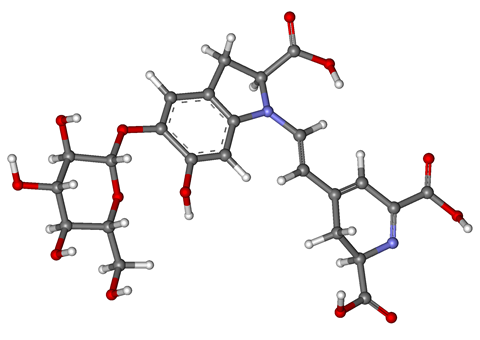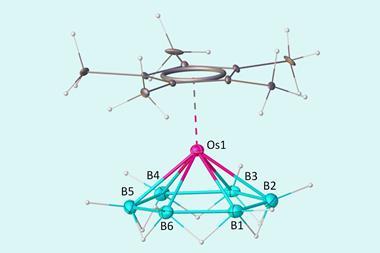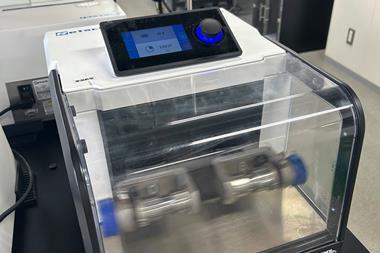Alzheimer’s disease is the most common cause of dementia, a neurodegenerative disease linked with plaques and tangles of misfolded proteins, particularly amyloid-beta, that form in the brain. Preventing protein misfolding could slow the development of plaques and reduce the severity of the disease.

Presenting his work at the American Chemical Society meeting in New Orleans, US, Darrell Cole Cerrato, a PhD candidate from the University of South Florida, explained how protein–metal complexes may be a suitable target for treatments. ‘Alzheimer’s is potentially a metal-related disease,’ he told Chemistry World. ‘Amyloid-beta can interact with metals such as iron, zinc and copper, thus misfolding. That misfolding is then what causes the cascade of Alzheimer’s when it forms the plaque on the neurons.’

Using a compound often used to track oxidation – 3,5 di-tert-butylcatechol or DTBC – Cerrato and colleagues observed the oxidative potential of amyloid-beta in complex with metals. ‘Could we prevent the chemistry that is involved once the metal is bound to the amyloid-beta molecule? In essence, can we stop the oxidation process once it is bound?’
They chose to investigate a common compound found in food and known to interact with metals: betanin. Extracted from beetroot juice, where it’s found in significant concentrations, betanin accounts for the distinctive purple colour, and is used as a colourant in other foods.
‘We wanted to see if there is some way that the betanin does interact with the metal when it’s bound to the amyloid-beta molecule that causes Alzheimer’s,’ Cerrato explained. ‘We’re looking at it from a purely chemical perspective … I’ve shown a decrease in the efficiency of oxidation by about 90% and about 70% for peroxidation.’

While reduced oxidation does not directly correlate with reduced plaque formation, it should help to slow the protein misfolding process thought to be a primary cause. And although Cerrato’s work is ‘purely chemical’, betanin is well tolerated in the body, and related compounds have been shown to pass through the blood-brain barrier, where it would be needed to halt the progress of the disease. Cerrato is optimistic: ‘It’s hopeful that, with the chemistry that we’re showing here, that it can survive long enough to get to the brain and prevent the small amounts of chemistry that’s ocurring and accumulating over time.’























No comments yet